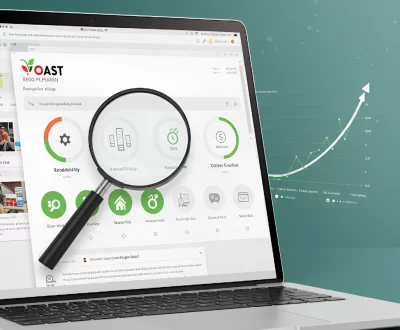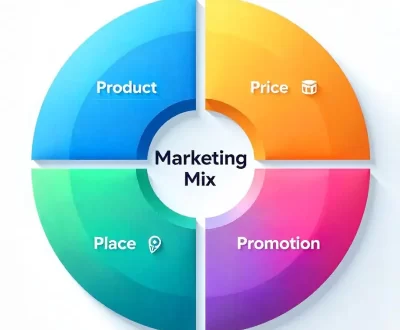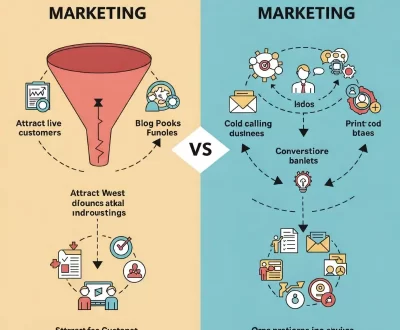What is Voice Search Optimization: How to Rank Higher in the Age of Voice Assistants
- March 15, 2025
- Seo

In today’s fast-paced digital world, voice search is no longer a futuristic concept—it’s here, and it’s changing the way people find information online. With the rise of voice assistants like Siri, Alexa, and Google Assistant, voice search optimization has become a must for businesses and content creators. But how do you rank higher in the age of voice assistants? Let’s break it down into simple, actionable steps.
What is Voice Search Optimization?
Voice search optimization is the process of tailoring your website and content to rank well for voice-based queries. Unlike traditional text searches, voice searches are often conversational, longer, and more specific. For example, instead of typing “best pizza near me,” someone might ask, “Hey Google, where can I find the best pizza place nearby?”
Why Voice Search Optimization Matters
- Growing Popularity: Over 50% of all searches are expected to be voice-based by 2024.
- Mobile-First World: Most voice searches happen on mobile devices.
- Local Searches: Voice searches are often local, like “Where’s the nearest coffee shop?”
- User Convenience: People love the ease of speaking over typing.
How to Optimize for Voice Search: 7 Easy Steps
1. Focus on Conversational Keywords
Voice searches are more natural and conversational. Use long-tail keywords that mimic how people speak. For example:
- Instead of “weather New York,” use “What’s the weather like in New York today?”
Image: Example of conversational vs. traditional keywords.
2. Answer Questions Directly
Voice assistants often pull answers from featured snippets. Structure your content to answer common questions clearly and concisely. Use headings like:
- “What is voice search optimization?”
- “How does voice search work?”
3. Optimize for Local SEO
Since many voice searches are location-based, claim your Google My Business listing and include local keywords like “near me” or “in [city name].”
4. Improve Website Speed
Voice search users expect quick answers. Ensure your website loads in under 3 seconds. Use tools like Google PageSpeed Insights to identify and fix issues.
5. Use Structured Data Markup
Structured data helps search engines understand your content better. Add schema markup to your website to highlight key information like business hours, reviews, and FAQs.
6. Create Mobile-Friendly Content
Most voice searches happen on mobile devices. Make sure your website is responsive and easy to navigate on smaller screens.
7. Leverage Natural Language Processing (NLP)
Voice assistants use NLP to understand user intent. Write content that sounds natural and human-like. Avoid stuffing keywords and focus on providing value.
Tools to Help You Get Started
- Google Keyword Planner: Find conversational long-tail keywords.
- AnswerThePublic: Discover common questions people ask.
- Schema Markup Generator: Add structured data to your site.
- Google My Business: Optimize for local searches.
Real-Life Example: How a Local Bakery Boosted Traffic with Voice Search Optimization
A small bakery in Chicago optimized its website for voice search by:
- Adding FAQs like “What are your opening hours?”
- Using local keywords like “best cupcakes in Chicago.”
- Ensuring their site was mobile-friendly.
Within 3 months, they saw a 40% increase in website traffic and a 25% rise in foot traffic.
Final Thoughts
Voice search is no longer optional—it’s essential. By focusing on conversational keywords, answering questions directly, and optimizing for local SEO, you can stay ahead of the curve and rank higher in the age of voice assistants.
Start implementing these tips today, and watch your website climb the voice search rankings!
Pro Tip: Share this post with your team or on social media to spread the word about the power of voice search optimization!
By following these strategies, you’ll not only improve your rankings but also provide a better user experience for your audience. Happy optimizing!








